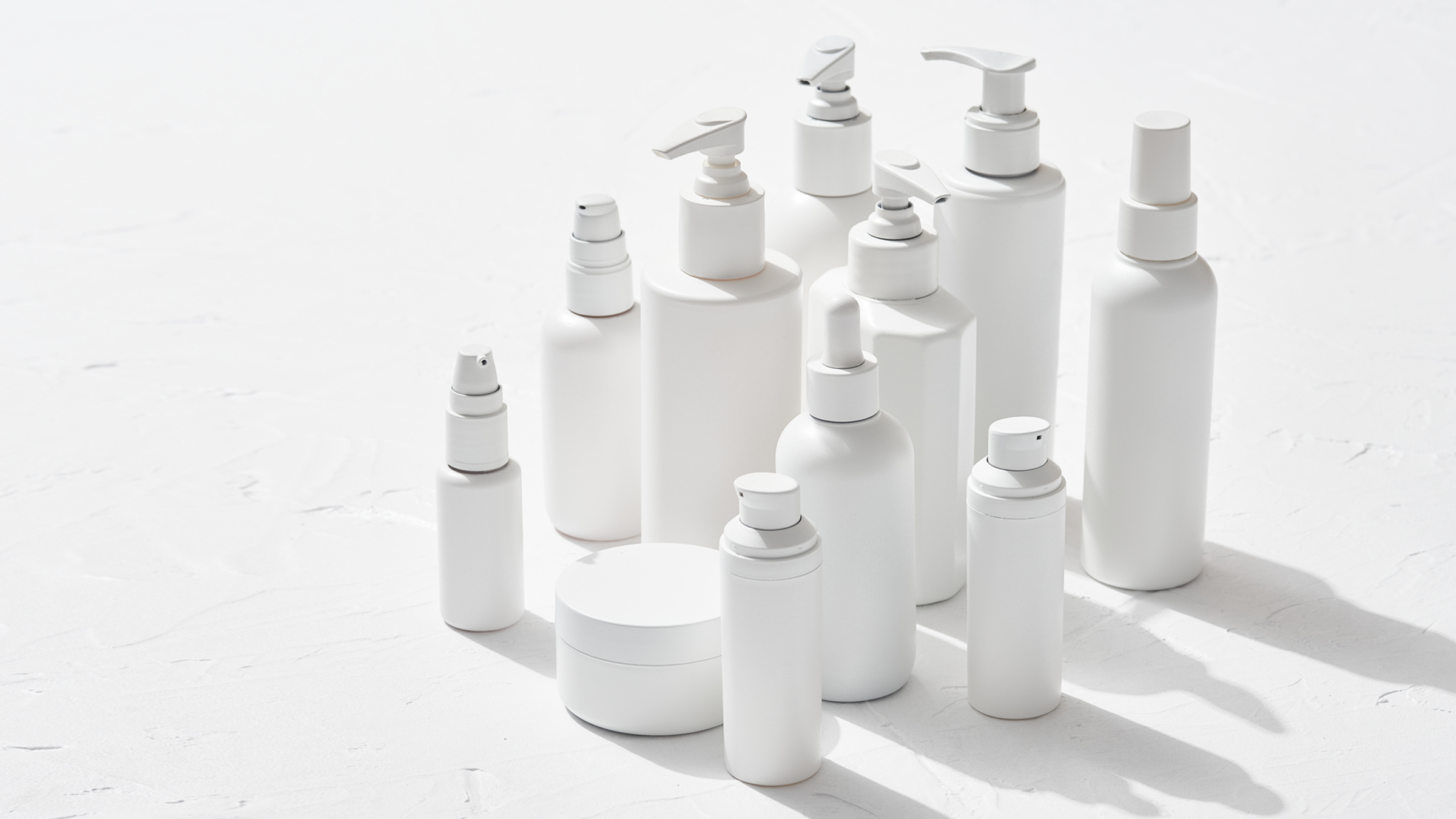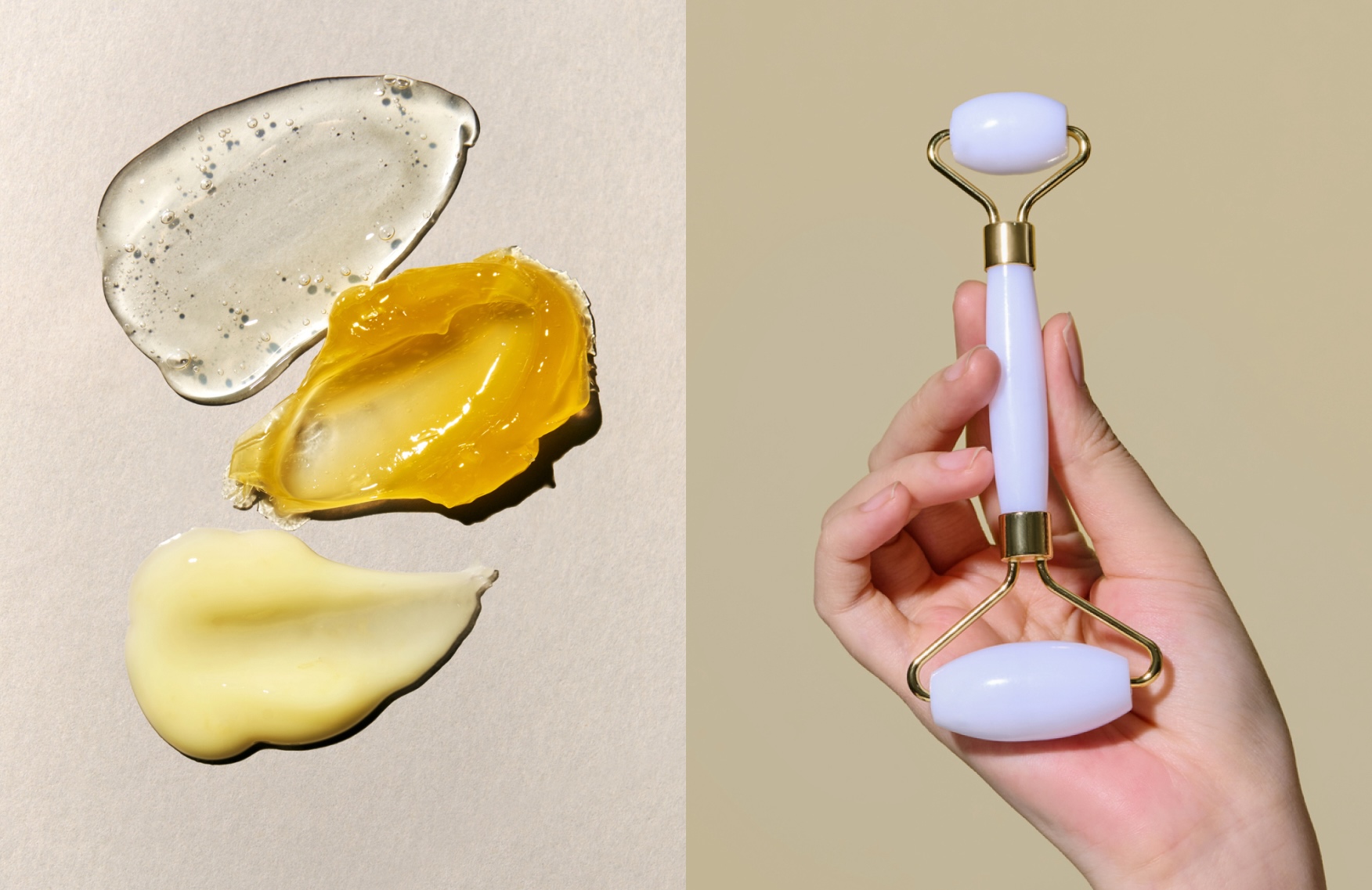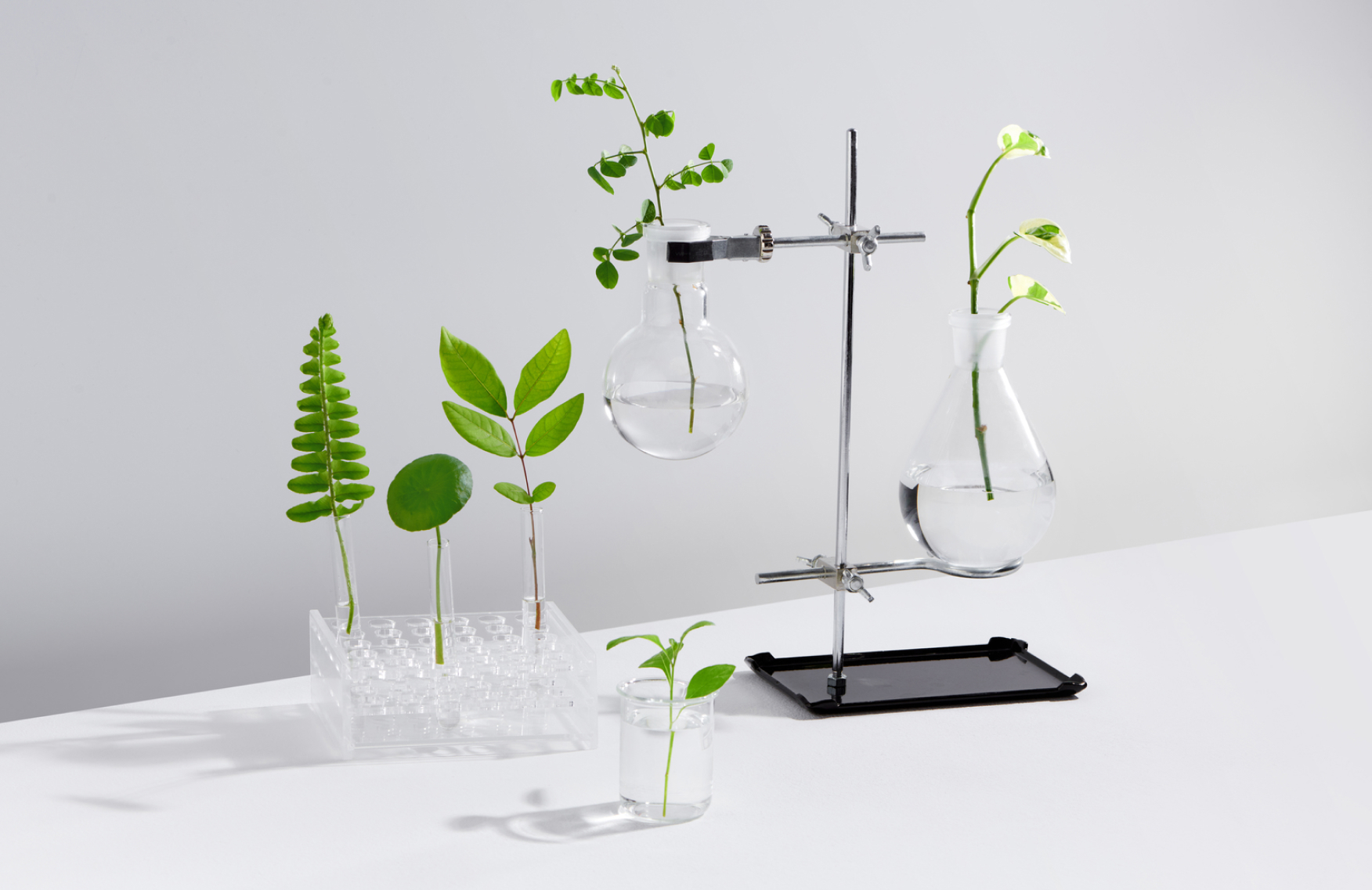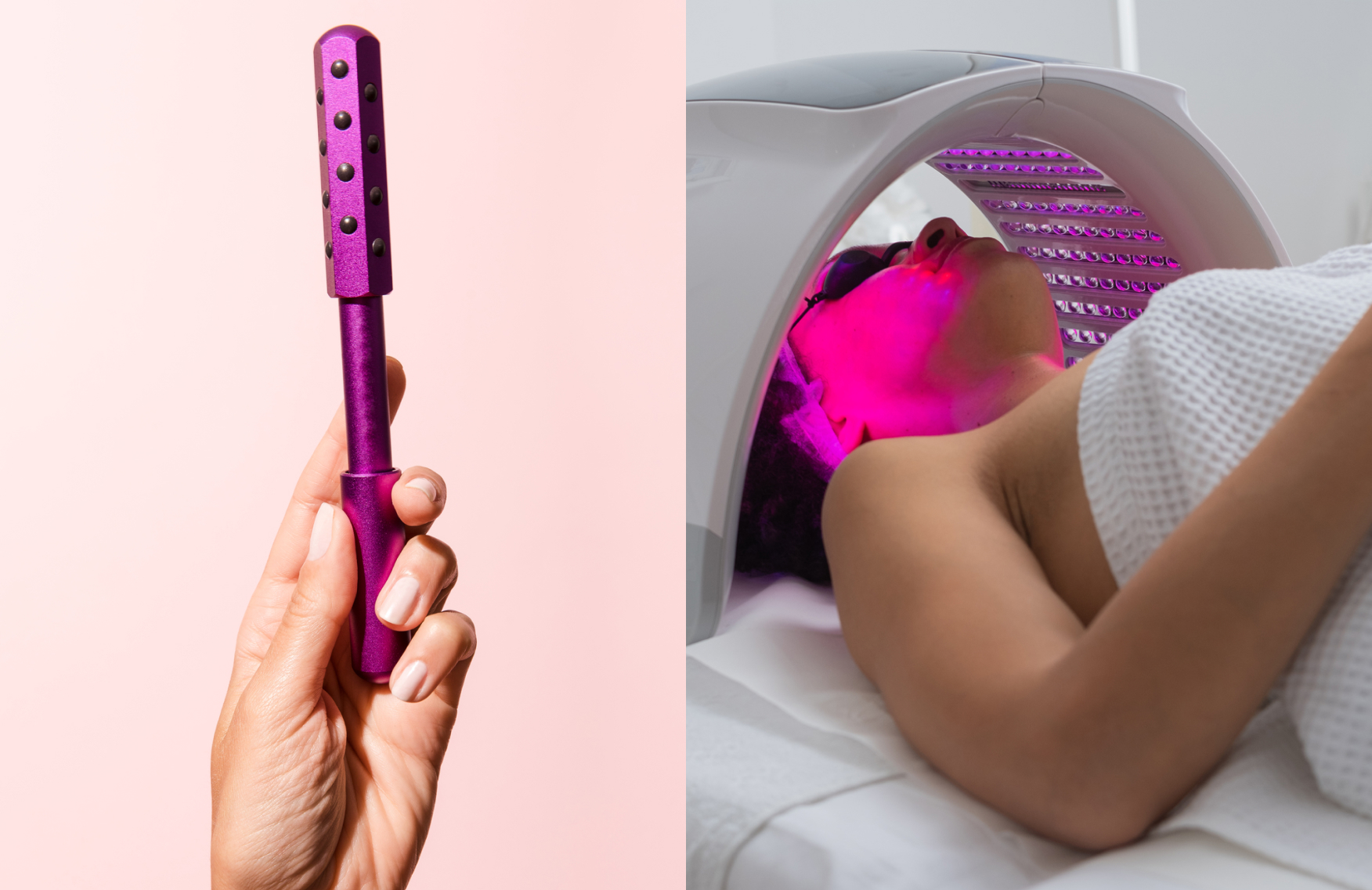Part 3, Clinical Skincare Series: 5 facts and fictions you need to know about clinical vs. clean brands

Note from the brand: As a clinical skincare brand, we often get the question: “What does being ‘clinical’ actually mean?” We hope this content series is helpful for a better understanding of clinical skincare.
There’s no denying that the skincare world can feel like a topsy-turvy place sometimes, particularly with entirely new categories like “clean beauty” gaining prominence in recent years. Are all chemicals harmful? (No.) Can clinical trials be conducted on clean brands? (Yes.) Does clean mean natural? (Not necessarily.) Confused yet? (Definitely.) While we’ve broken down what it means to be a clinical-grade brand here, below are 5 additional as-straightforward-as-possible facts and fictions to know.
Fact or fiction: There is no clear definition of clean skincare
FACT. “Clean skincare is a term that is not regulated, so there is no standard on what exactly constitutes clean,” says Vanessa Thomas, a cosmetic chemist and founder of Freelance Formulations. Fellow chemist—and self-described “sustainability geek”—Aubri Thompson adds that brands and retailers are actually free to define “clean beauty” however they’d like. “That makes it hard to know what it actually means and what benefits it will actually provide,” says Thompson, who is also the founder of sustainable indie beauty brand The Rebrand.
For instance, Sephora describes their Clean at Sephora program as “The beauty you want, minus the ingredients you might not,” indicated with a seal that means “formulated without parabens, sulfates SLS and SLES, phthalates, mineral oils, formaldehyde and more.” While Ulta states, “We know that clean can mean many things. Our goal: to be transparent and keep things simple. We’re focusing on ingredients that products have—and don’t—to help you easily reach for the beauty you want” (a “Made Without List” that evolves as research evolves accompanies this statement).
Fact or fiction: Everything is a chemical
FACT. “Even water is a chemical, and even water can be toxic if you drink too much,” Thompson notes. “Overarching claims that sound scary, like ‘free of harsh chemicals’ or ‘chemical-free’—this can be inaccurate because technically everything is a chemical.” She adds that consumers should be mindful of “clean-washing,” particularly since toxicity claims can also be open to interpretation: “Use level plays a huge role in the actual hazard of a chemical. At the level it would be used in a formula [that’s been approved by regulatory bodies like the FDA], it wouldn’t be harmful.”
Fact or fiction: Clean equals natural
FICTION. Much like the term “clean,” Thomas says, “There are no regulations around ‘all-natural’ and it is used quite loosely. An all-natural product can be made with plant-based ingredients, but it can also have manmade or synthetic ingredients.” Similarly, clean products are not always solely formulated with ingredients produced in nature or plant-based ingredients. Moreover, being labeled clean or natural “does not mean that the product has been inspected, tested or certified in any way,” Thomas says.
Fact or fiction: Clean always means more sustainable
FICTION. Perhaps to no one’s surprise at this point, the answer to whether any brand can be classified as “more sustainable” is it depends. Even household products marketed as clean may be packaged entirely in single-use plastics. Another example are the ingredients themselves, since the amount of water and farming involved can also impact sustainability. “A synthetic might actually be a lesser strain on natural resources, if otherwise you have to take up a ton of land and water to only get a small amount of an ingredient,” Thompson explains.
Fact or fiction: Product safety is up each brand, regardless of whether it is clean or clinical
FACT. Of all the above facts and fictions, the question of safety may be the most straightforward. Simply put, it doesn’t matter whether a brand is labeled “clean” or “clinical” to be considered safe—all brands are on the line for bringing products safely to market. According to the FDA, “a manufacturer or distributor of a cosmetic is legally responsible for ensuring that a marketed product is safe when consumers use it according to the directions in the labeling.” In other words, their products better be safe, or any brand will risk getting their pants sued off.
More about clinical skincare here:
Part 1, Clinical Skincare Series: To believe or not to believe those amazing skin-benefit claims we see everywhere?
Part 2, Clinical Skincare Series: What makes a formula ‘clinical grade’? 5 things to consider next time you shop


